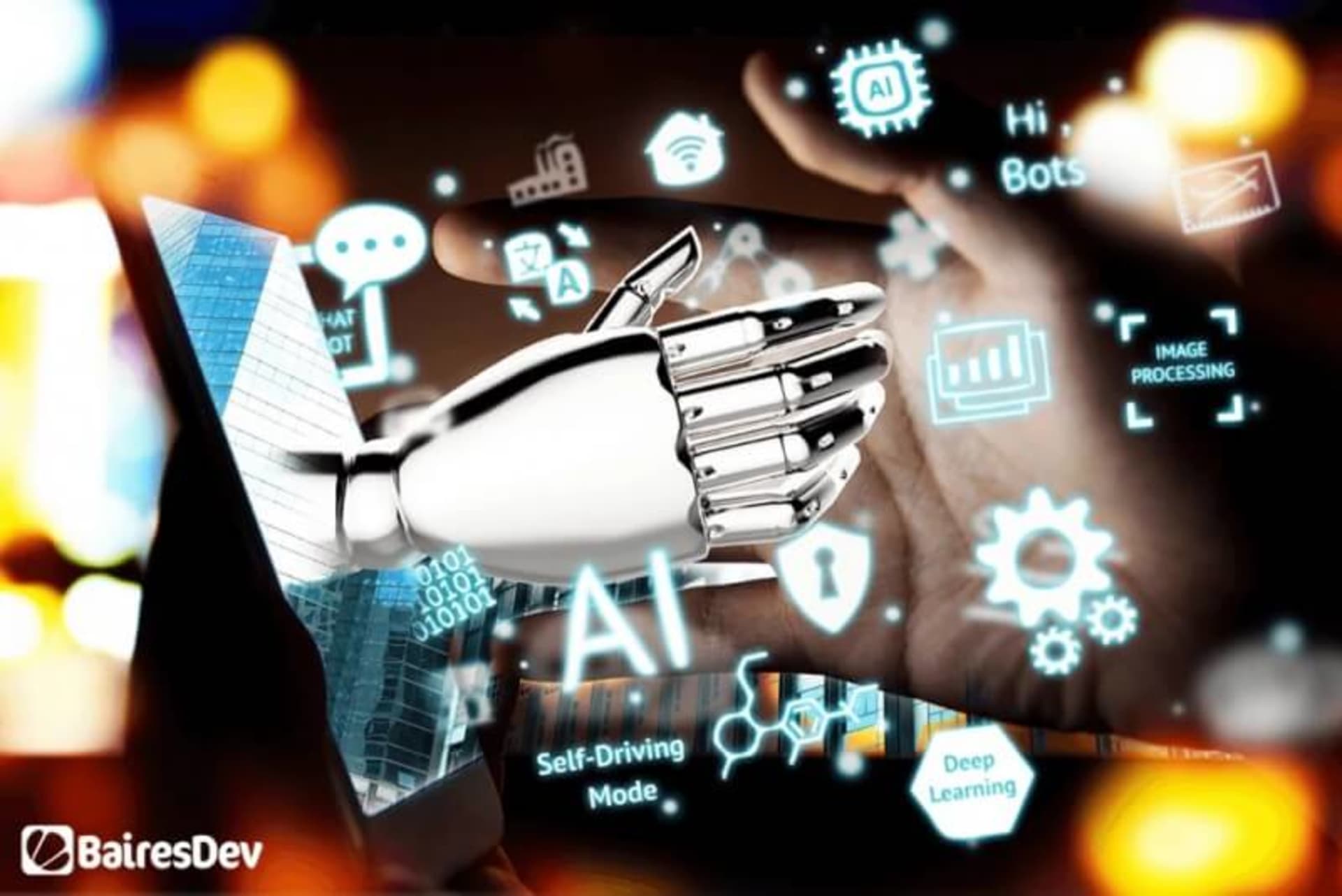Python is well on its way to becoming the most popular programming language in the world. Tech giants such as Facebook, Amazon, Instagram, and Uber have used Python to build their mobile and desktop applications. In fact, 2018 ended with Python as the fastest-growing programming language–with a more than 10% increase in the number of users.
The future looks bright for Python. The language’s open-source community continues to develop innovative libraries with a wide array of applications. In addition, big tech and the world’s top Python outsourcing companies are using it to build cutting-edge data analytics software that will change the way businesses interact with their consumers.
These are but a few of the things that Python has in store for 2019 and beyond. Read on to find out more!
Python’s Growing User Base
The number of Python users rose steadily over the past ten years and continues to grow by more than 8% annually. In addition, Stack Overflow’s 2018 Developer Survey found that more software engineers are interested in learning Python than any other language.
Python has become so popular partly because it is so easy-to-learn–many novice programmers are excited to discover that they can begin writing real code on their very first day of learning. That’s because Python was specifically built in order to overcome the code readability problems found in the Java and C languages. In addition, developers can write code in fewer steps using Python.
The number of users is expected to keep growing as developers across the world continue to use the language to create successful websites and web applications. In addition, the rise of data science–a task that Python is well-suited to–means that Python’s user base will also grow outside of the traditional tech community.
Major tech companies currently use Python to build video games, business software, and web applications.
Big Tech Loves Python
Facebook is one company that uses Python extensively. Facebook’s development team uses Python to maintain their libraries and binaries distribution. In fact, 21% of the company’s codebase infrastructure is written in Python.
However, it’s not just Big Tech that loves Python. Developers have fallen head over heels for the language as well. Stack Overflow’s 2019 Developers Survey Results found that Python is the second-most-loved programming language among software developers, with 73% of Python developers saying that they have an “interest in continuing to develop with it.”
This bodes well for Python’s future. Developers are at the forefront of emerging tech–and Python is shaping up to be the preferred language for new technology like big data, artificial intelligence, machine learning, and more.
Python Frameworks
Frameworks are an essential time-saving tool for Python developers. They help software engineers deliver products faster by providing a ready-made structure for application development and by reducing the amount of code.
The three most popular Python frameworks, Django, TurboGears, and Pyramid, are expected to undergo major changes in the next two years. Their open-source communities are poised to release new libraries, plug-ins, and framework updates that will expand Python’s capabilities and user base.
Django
Django is one of the most popular and versatile Python frameworks used throughout the industry. This full-stack, open source framework focuses on reducing the development time for web applications. It achieves this goal through its open source nature–the community is constantly releasing new plug-ins and code to simplify the process.
In addition, Django’s developers describe the framework as “batteries included.” This means that it comes with a variety of 3rd party libraries–features which have made the framework popular with major companies like Spotify and YouTube, as well as Python development services. These include authentication, admin interfacing, session management, and more.
Experts expect Django’s user base to continue to grow as more developers embrace Python for emerging technology like big data and machine learning. The framework’s community is expected to release several more database and data analytics-oriented libraries to keep up with demand.
TurboGears
TurboGears is another popular, open-source Python framework. This full-stack framework is designed to make web application development a much smoother and faster process.
The framework is based upon Ruby on the Rails and was built using the model-view-controller pattern. It allows developers to repurpose business logic across platforms and reduce the amount of written code.
TurboGears users should be very excited about the future because the framework’s community continues to improve its stability and capabilities. Developers expect to release a “minimal mode” in the future, which will serve as a microframework. This stripped-down version will help engineers build simple software quickly and efficiently–saving time and money.
Pyramid
Pyramid is an ultra-flexible, lightweight Python framework. Developers frequently use Pyramid to get basic web applications up and running as quickly as possible.
The team behind Pyramid refer to the framework as “the start small, finish big, stay finished framework.” It operates according to the principle of minimalism. This makes it a great option for experienced developers who value freedom. But, newcomers may want to avoid the language in favor of a Django or TurboGears.
Pyramid 1.10 was released at the end of 2018 and comes with a variety of new features. These include added testing, improvements to the execution policy, and additional support for Python 3.7. Developers will continue to flock to the framework in increasing numbers as well, largely because of the framework’s minimalism and the freedom that it offers.
Data Analytics
The data analytics market is expected to double in size from $42 billion in 2018 to $103 billion in 2027. That growth means big things for Python since an estimated 58% of Python developers use the programming language for data analytics.
The 72,000+ libraries in the Python Package Index is a major reason that developers prefer Python for data analysis. In addition, the Python Data Analysis Library, called Pandas, is used to import data and conduct time-series analysis.
Python’s extensive open-source community has also created several popular, task-specific libraries. SciPy is an excellent resource for traditional scientific analysis, while PyBrain is being used to model and build neural networks.
Interestingly, Python is not the best-suited programming language for data analysis. Yet, many companies choose Python for data analytics because they can use the same development teams for multiple projects and because the language is already integrated into their company.
Facebook’s quantitative engineering manager described their motivations for using Python, saying “One of the reasons we like to use Pandas is because we like to stay in the Python ecosystem. We have a lot of systems inside Facebook…that allows us to either use Python to talk to those systems or integrates with Python very easily or is written in Python.”
More companies will begin to use Python in order to consolidate the bulk of their development tasks into a single programming language. The language’s open source community is likely to release even more data analytics libraries over the next two to three years as the big data market continues to grow rapidly.
The Future of Python
Python will remain one of the most popular programming languages in the world for the foreseeable future. The language’s gentle learning curve, combined with its high degree of flexibility and wide array of plugins, will help it score even more users over the next several years, especially within big tech.
In addition, the Python community has created a wide variety of frameworks that makes this language a great option for many projects. Frameworks such as Django, TurboGears, and Pyramid reduce the amount of work necessary to develop web applications. They also shorten the length of the development cycle and increase data privacy protections.
Python is also an excellent tool for data analytics. Companies can improve their big data capabilities using the same language used for other development projects, saving time and reducing staff sizes.
Observers can expect more major companies to embrace Python software development over the next several years as they search for a single full-stack language that can be used for the bulk of their development needs.
If you enjoyed this article, check out one of our other Python articles.







